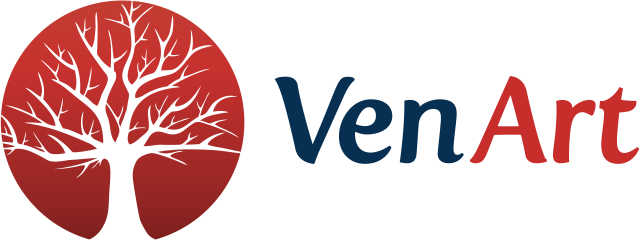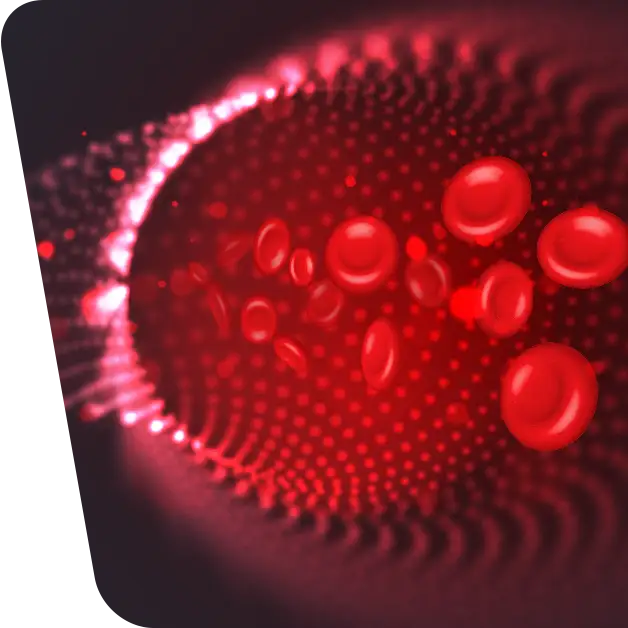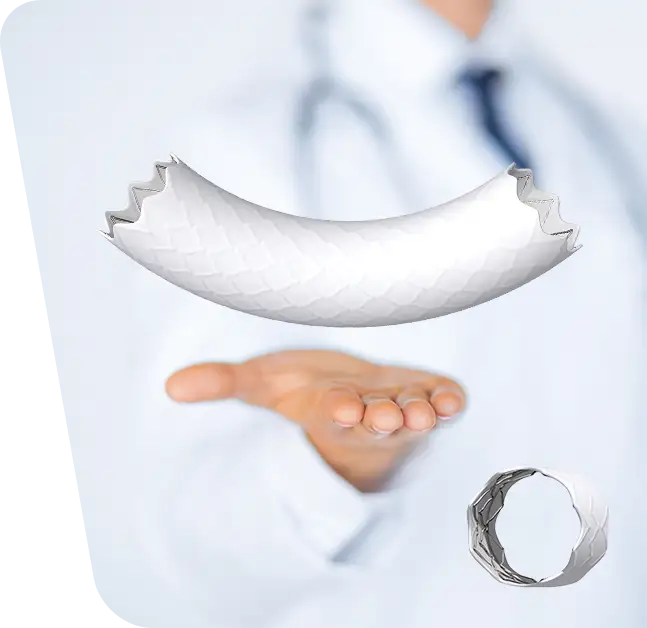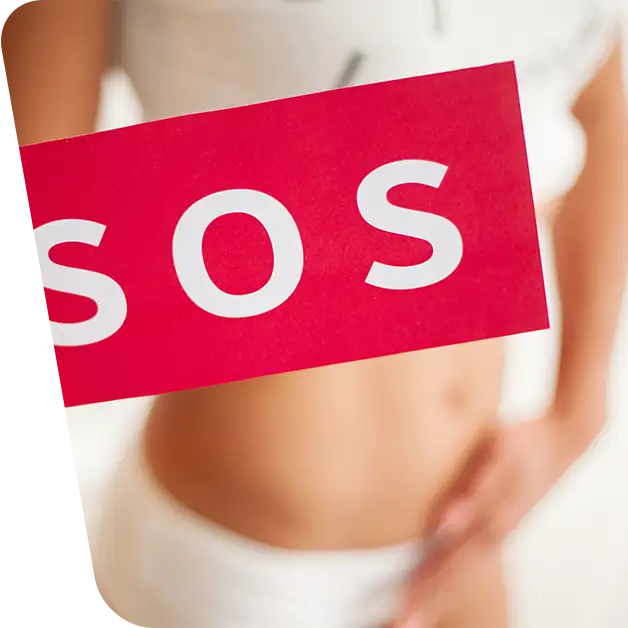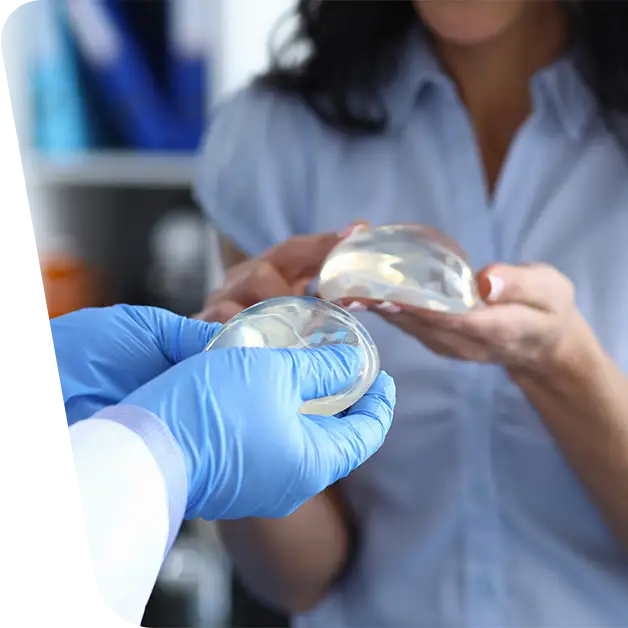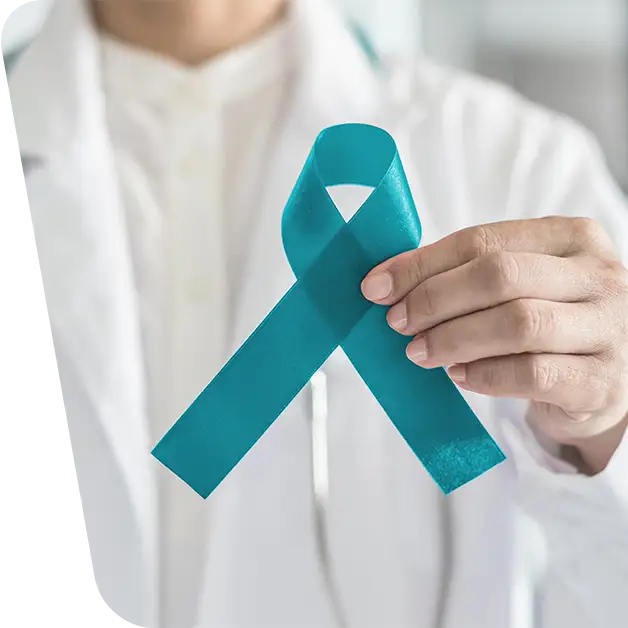Table of contents
ToggleWhat are varicose veins or varicose veins?
Varicose veins (or “varicose veins” as they are popularly known) or varicose disease is a chronic (slowly progressive) condition in which the veins on the surface of the lower limbs (legs) dilate and change, becoming visible on the skin. Varicose veins occur when your blood circulation is not as it should be and blood pools in the vessels. They can occur as well in large-caliber internal saphenous veins. Varicose veins occur because of pregnancy, old age, or genetic heritage.
They are often visible on the back of the calves or on the inside of the calves, closer to the shins. Varicose veins are swollen and can be shallower or deeper. Their color can vary between purple and blue.
How do varicose veins (varicose veins) affect health?
Although most of the time varicose veins do not seriously affect your health, they can be uncomfortable. They hamper many of your daily activities and are aesthetically unpleasant. Chances are that varicose veins can cause pain or cramping in your calves at night or after sitting or standing for a longer period of time.
What is the treatment for varicose veins?
Treatment for varicose vein disease varies depending on how symptomatic you are, from non-surgical to surgical treatment.
Non-surgical treatment for varicose disease
- Lifestyle change by avoiding a sedentary lifestyle and incorporating exercise into daily routine
- Using a bandage or elastic stocking
- Raising the affected leg above the heart during the day
Medication treatment
This involves taking medication to reduce both the fluid (blood) build-up and inflammation of the blood vessels.
Sclerotherapy and Endovascular Heat Ablation Techniques
There are 2 big approaches for treating varicose veins: Sclerotherapy and heat ablations.
Sclerotherapy: is used in general for small varicose veins.
Endovascular Ablation Techniques: steam, radiofrequency or laser ablation are used for large varicose veins.
Laser surgery
This is used for very fine, intradermal varicose veins. A disadvantage of this method is that laser treatments can lead to scarring and skin color changes.
Classic Surgical treatment
The aim of surgical treatment is to remove the varicose veins under the skin or in the deeper leg. In our clinic we do perform these procedures but very rarely, as the minimal invasive options are available nowadays, with the same results, faster to perform and with less discomfort for the patients.
Your doctor can tell you exactly which varicose vein treatment is best for you. But for extra safety, you will most likely be recommended the minimally invasive treatment for varicose veins, VNUS radiofrequency.
What is Radiofrequency VNUS?
VNUS Radiofrequency is a minimally invasive treatment for varicose veins, which can be performed at VenArt Clinic.
This treatment uses radiofrequency energy – radio waves – which heat, collapse and seal the blood vessels that are causing your problems.
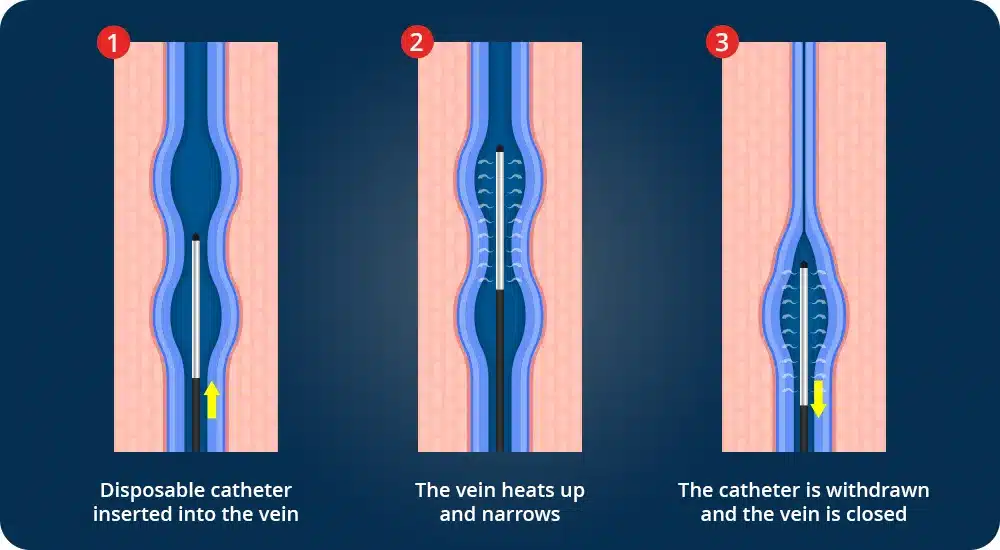
What happens during the varicose vein ablation procedure with VNUS Radiofrequency?
During the procedure, your doctor will use an ultrasound machine to identify the exact route of the vein to be treated. Once the route has been determined, the doctor will make a small incision (cut) in the vein so that a catheter (thin tube) can be inserted through the blood vessel.
Then, using that tube, heat is administered into the blood vessel. The heat activates the collagen in the vein until it shrinks and closes. The catheter is slowly removed and the pulses of heat are transmitted to each portion of the varicose vein. Once the procedure is complete, your body will restore circulation, redirecting blood to healthy blood vessels.
The varicose vein turns into a scar that, over time, disappears.
Which varicose veins can be treated with VNUS RF?
VNUS RF is used to treat small saphenous veins (SSV), large saphenous veins (GSV) and tributary veins of the feet.
What should I do after VNUS RF treatment?
VNUS RF is performed under analgesia (intravenous anesthesia) at the Venart Clinic. You will be able to leave the clinic after a short post-procedure recovery period. You will need to take it easy for the rest of the day, but you can return to your normal activities within a day or two. You will also need to wear compression stockings for up to two weeks to help with swelling.
What are the risks of radiofrequency VNUS?
Whichever varicose vein treatment you choose with your doctor, you should understand that there are certain risks. In terms of Radiofrequency VNUS, some of the more common side effects include: localized swelling, bruising and numbness, skin burns, numbness that comes and goes, and allergic reactions to the anesthesia.
If you report any irregularities following the procedure, you should contact your doctor for the best solution.
For a correct diagnosis and the best treatment for you, call VenArt doctors with confidence. They are specialists with decades of experience, specializing in renowned clinics in Europe and the USA, and will run all the tests you need, then help you make the best decision for you.
If you would like a consultation, please do not hesitate to contact us.
